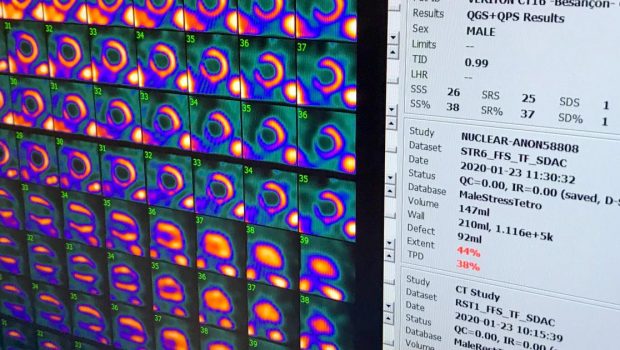ASNC 2023 president calls for nuclear cardiology to embrace new technology
In his first president's message to American Society of Nuclear Cardiology (ASNC), 2023 President Mouaz H. Al-Mallah, MD, MSc, FASNC, called for the cardiac imaging subspecialty to up its game with new technology [1].
"Nuclear cardiology imaging remains at the center stage in the era of multimodality testing," Al-Mallah said in his first President's Message to ASNC members this past week. "However, nuclear cardiology teams have many opportunities to broaden our horizon and ensure our labs continue to provide the best quality imaging."
Al-Mallah is the Beverly B. and Daniel C. Arnold Distinguished Chair and Professor of Cardiology at Houston Methodist Academic Institute, professor of medicine at Weill Cornell Medicine, and director of cardiovascular PET at the Houston Methodist DeBakey Heart and Vascular Center.
Building on his ASNC 2022 meeting president-elect address, Al-Mallah's article in the Journal of Nuclear Cardiology urges readers to embrace the "significant innovations" that nuclear cardiology has seen in the past decade.
New innovations in nuclear cardiology
Many nuclear cardiology labs have not seen major upgrades in their imaging systems for more than a decade, and Al-Mallah said it is time for those labs to take the next step to improve patient care with the new technologies now available.
"It is not enough for these innovations to be admired in exposition halls at scientific meetings. Each of us has a responsibility to broaden our horizon and begin using the tools available to us now," he stressed.
Al-Mallah said there have been numerous innovations in nuclear cardiac imaging over the past decade and he highlighted a few technologies he felt were the most impactful. These include significant enhancements in both single-photon emission computed tomography (SPECT) and positron emission tomography (PET) imaging.
The introduction and increased utilization of digital CZT-based cameras in SPECT has increased image quality while reducing radioisotope dose, he explained.








Gloss